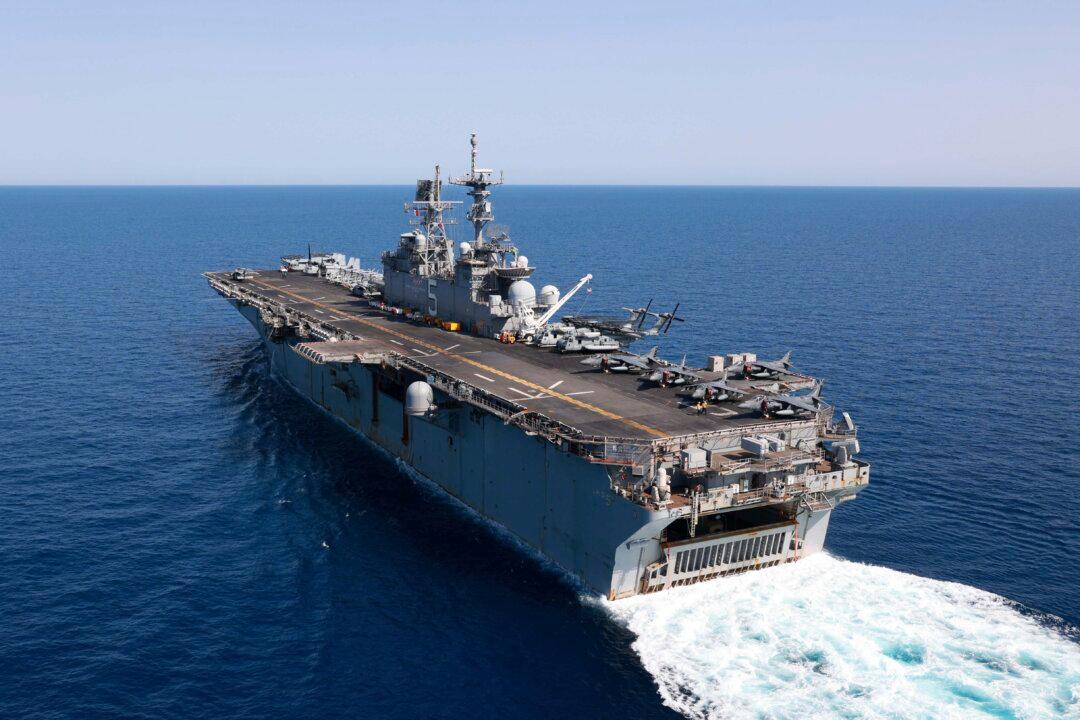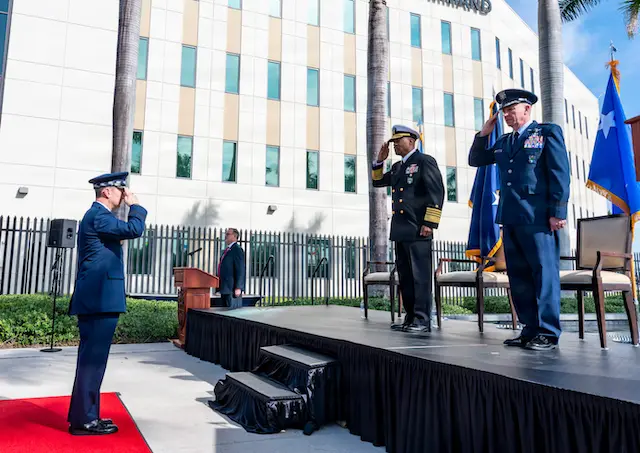China and Russia may have been the starred adversaries in U.S. congressional defense budget hearings and, China may be the “pacing” military challenge for the United States, however, a brewing confrontation with Iran could test an evolving strategy in Pentagon deployments and responses to military confrontations.
Twenty-man detachments of U.S. Marines may, or may not, be providing security for foreign-flagged oil tankers in the Strait of Hormuz against Iranians brandishing heavy-caliber automatic weapons and rocket-propelled grenades aboard swarms of circling speedboats.





